Midtown Area Connector study looks at better ways to connect Midtown with other areas of the city.
From the growing absence of the downtown and Midtown trolleys to the seemingly ever-present complaints about city bus services, getting around in Memphis without a car continues to be a struggle for many.
But the Memphis Area Transit Authority (MATA) hired a consulting firm last year in an effort to improve service, at least for Midtown bus riders. The Midtown Area Connector (MAC) study, which is still underway, is a long-range study to help MATA discover better ways to connect Midtown with other areas of Memphis, either through a new transit service or by expanding on existing ones.
New transit services being considered are “bus rapid transit” or even rail service, which would be designed to reduce travel time, provide real-time travel information, or include dedicated bus lanes on city streets.
Earlier this month, MATA held a meeting with Livable Memphis to update bus riders on the study’s progress. The consultants have identified seven routes, which they narrowed down from 26 routes, that are the most highly trafficked and in need of the most improvement.
In addition to allowing MATA to provide an update on the study, the meeting also gave bus riders an opportunity to comment on the current operations of MATA. Many riders brought up the fact that the routes chosen for the study neglected to reach low-income areas of Memphis. MATA’s use of its funding was also brought into question, in addition to questions about why some bus lines or services had been limited in recent months.
Concerns about whether it was possible to bring new trolley lines into the picture while the old lines are still not operating were also aired. MATA did recently announce that trolley-like buses would begin running downtown in August, but there’s no word on when those will come to Midtown or when the real trolleys will be back. However, MATA officials reassured those attending the meeting that they do plan to get the trolleys going eventually.
“We fully intend to have the trolleys back on Madison at some point. We can’t commit to a time at this moment,” said Tom Fox, deputy general manager of MATA.
Some at the meeting expressed concern about the lack of ability to check on the time of bus arrivals. The MAC study is looking at providing new bus shelters that include a system for real-time bus arrival estimates. But for now, MATA officials are encouraging riders to use TransLoc Rider, their new bus times app for smartphones.
Alison Burton, MATA’s director of marketing and customer relations, said the input from the meeting was important for their MAC study.
“This has been the best [meeting], because the group was so diverse and they had such excellent questions. We [had] note takers, and we’ll take all the information that we received and look at that,” Burton said. “Anything that comes up that we hear repeatedly, the team is going to take that back and include that in their next report.”

